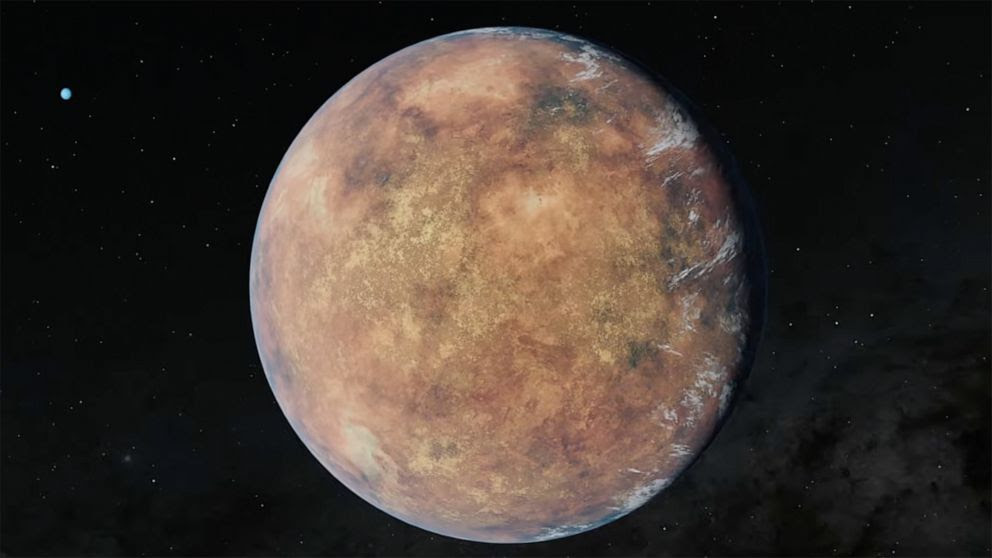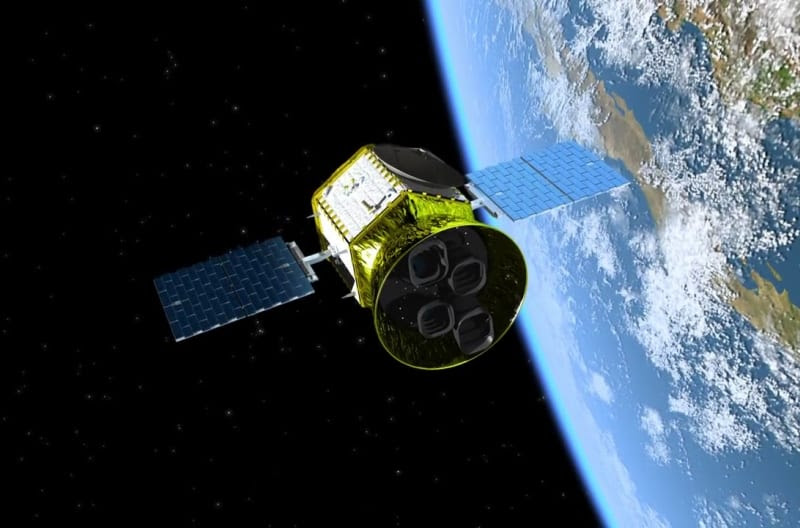ASA’s TESS satellite has just discovered a new Earth-sized planet about 101 light-years away that may contain liquid water. The TESS satellite has positively identified more than 280 planets since its launch more than four years ago, but one of the planets that raises the most questions is called TOI 700 d, a planet discovered in 2020 and located in the habitable zone of its star named TOI 700 about 101 light-years from Earth.
A team from the Jet Propulsion Laboratory in California confirmed in January 2023 the existence of another planet similar to the first, named TOI 700 e, the size of Earth and located at the edge of the habitable zone, which would also allow water to remain on the surface. The TOI 700 star, a red dwarf like 75% of the stars in the galaxy, corresponds to a type of star with a lower mass and temperature than the Sun, but which is also more active and releases huge plumes of plasma that can annihilate any form of life around.

This main characteristic does not seem to apply to TOI 700 because the star seems relatively quiet, without any eruption recorded over two years of observations, which could presage favorable conditions for the discovery of life. The system of TOI 700, has four planets, but only TOI 700 d is located in the habitable zone, it is certainly a rocky planet, 20% larger than the Earth and receives 86% of the energy that the Sun sends to the Earth. The rotation allows, as for the Earth, that one side of the planet is constantly lit by daylight.
A comparison can be made with the TRAPPIST-1 system in the constellation Aquarius, discovered in 2015 about 40 light years away and known to have seven Earth-sized planets. Although distant, the TOI 700 system will be easier to study because TRAPPIST-1’s star is more active and darker. Scientists are observing the new solar system with the Very Large Telescope in northern Chile and its ESPRESSO instrument, a rocky planet search and stable spectrograph. This instrument is designed to characterize Earth-like exoplanets and could allow to determine the masses of the planets. The researchers also plan to use the James Webb Telescope and focus observations on the largest of the rocky planets in the TOI 700 system. TESS’ primary mission was expected to last two years, and an extension of its mission to October 2024 will allow it to continue its discoveries.



Comment here